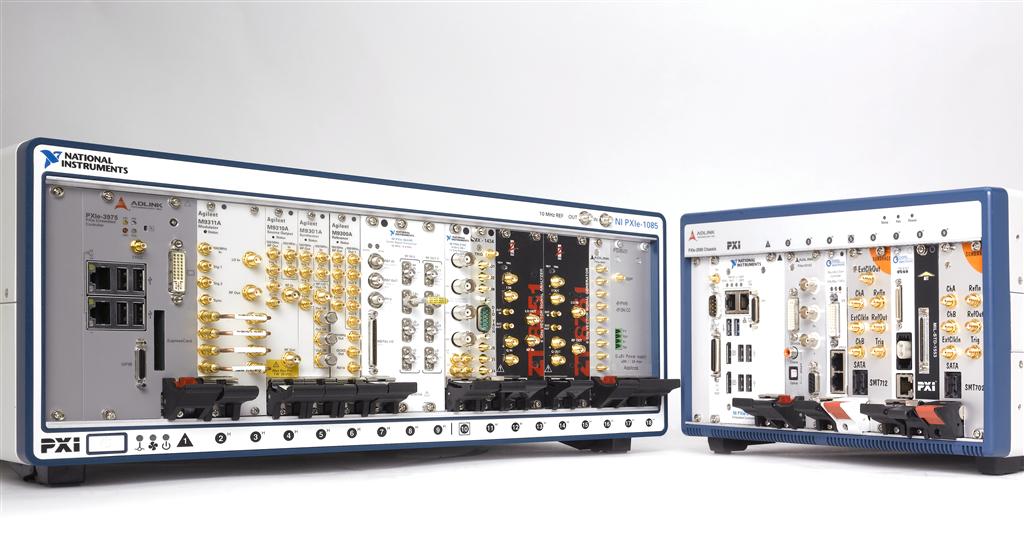Description
The National Instruments E128143 is a high-quality X2 Cable designed for use in a wide range of connectivity applications. Manufactured by National Instruments, a leader in the field, this cable features durable 25-pin male/female GPIB connectors, making it suitable for connecting devices that utilize the GPIB standard interface.
With a generous length of 2.1 meters, the E128143 offers ample reach for setups that require a bit more space between components. The robust construction is evidenced by a 26-wire bundled cable, ensuring reliable and consistent data transmission.
This cable excels in enabling asynchronous data transmission, providing flexibility and efficiency in data transfer operations. It is particularly compatible with devices that feature GPIB connectors, which are commonly found on a variety of desktop computers and other equipment used in scientific, industrial, and educational settings.
| Part Number | E128143 |
|---|---|
| Description | National Instruments E128143 X2 Cable |
| Manufacturer | National Instruments |
| Type | X2 Cable |
| Connectors | 25-pin male/female GPIB |
| Length | 2.1 meters |
| Wire Count | 26-wire bundled cable |
| Functionality | Supports asynchronous data transmission over GPIB standard |
| Compatibility | Devices with GPIB connectors |
Q1: What applications are suitable for the National Instruments E128143 X2 Cable with 25-pin male/female GPIB connectors and a length of 2.1 meters?
A1: The National Instruments E128143 X2 Cable is designed for connectivity applications that require robust and reliable data transmission, such as in scientific, industrial, and educational settings; its key features include durable 25-pin male/female GPIB connectors, a generous length of 2.1 meters, a sturdy 26-wire bundled construction, and the capability to support asynchronous data transmission, making it highly suitable for connecting devices with GPIB standard interfaces.
Q2: What are the primary features and applications of the National Instruments E128143 X2 Cable?
A2: The National Instruments E128143 X2 Cable is a high-quality connectivity solution featuring 25-pin male/female GPIB connectors, a 2.1-meter length, and a 26-wire bundled construction for reliable data transmission, primarily used for connecting devices with GPIB interfaces in scientific, industrial, and educational settings.
Q3: What applications is the National Instruments E128143 X2 Cable particularly suitable for, and how does its length and construction quality benefit these applications?
A3: The National Instruments E128143 X2 Cable with 25-pin male/female GPIB connectors and a length of 2.1 meters is suitable for applications that require connecting devices with a GPIB interface, commonly used in scientific research, industrial automation, and educational laboratories where asynchronous data transmission and extra cabling length are needed.
Q4: What type of applications is the National Instruments E128143 X2 Cable designed for, and what are its key features that make it suitable for these applications?
A4: The National Instruments E128143 X2 Cable is primarily designed for connectivity applications in scientific, industrial, and educational settings, where it facilitates the connection of desktop computers and other equipment that utilize the GPIB standard interface for reliable and efficient asynchronous data transmission.
Q5: What applications is the National Instruments E128143 X2 Cable primarily designed for, given its compatibility with 25-pin male/female GPIB connectors and asynchronous data transmission feature?
A5: The National Instruments E128143 X2 Cable is particularly suitable for scientific, industrial, and educational applications where devices with GPIB standard interfaces need to be connected; its length of 2.1 meters and robust 26-wire bundled construction quality allow for flexible placement of components and ensure reliable, consistent data transmission over a greater distance.




